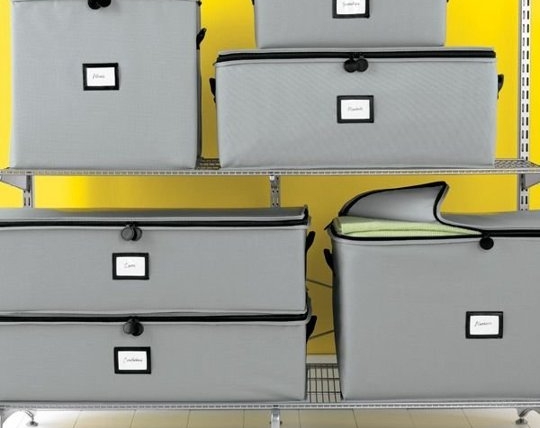My family is knee deep in Fall sports: Basketball, Cheer, and we just finished Kickball. All of these sports require my kids to wear uniforms and they take a beating. They experience significant soiling and wear and therefor special attention should be paid to their care when I’m laundering them after every game.
I did some research via the Dry Cleaning and Laundry Institute and know the information I found could benefit many of our customers:
Sports uniforms are usually made from synthetic fibers, such as nylon, polyester, spandex, or a blend of these fibers. The biggest problem athletic uniforms may experience is dye bleeding during the cleaning process. For this reason, it is important that you follow the manufacturer’s care instructions carefully. Because some dyes are water-soluble, resulting in fading or dye transfer during washing, many uniforms have care labels that recommend a cold water wash. The color should be safe if washed in cold water, but it will often bleed if washed at a higher temperature.
If the color bleeds when washed at the recommended temperature, the manufacturer should be held responsible and the uniform returned to the retailer for an adjustment.
Here are some tips on how to keep those athletic uniforms looking great:
Check the care label to determine the best method of care. Laundering is usually considered to be the most effective method for removing heavy soiling.
Prior to cleaning, test for colorfastness to avoid color pick-up on other articles.
Wash in a low temperature to reduce the chance of bleeding colors. Mud and grass stains may require treatment before washing.
Avoid high drying temperatures. Shrinkage and permanent wrinkles may result. Laminated synthetics should be air dried.
Do not allow items to soak or be wet for long periods of time.
Dry athletic uniforms at low temperatures.
Immediately remove athletic uniforms from the dryer and hang to avoid permanent wrinkles.
When ironing, make sure it is set at the proper setting. A low temperature setting, such as polyester, is usually safe.
– S.O.




